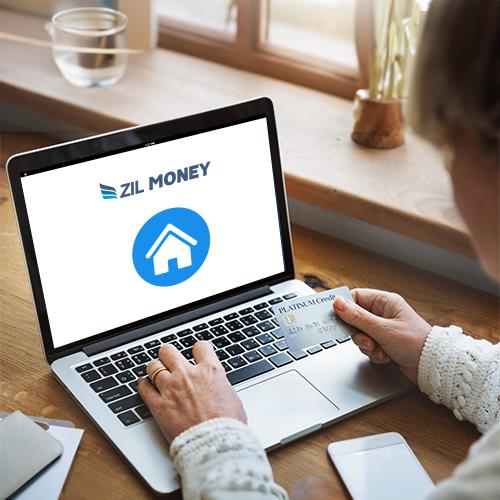The fundamental aspects of everyday existence rely around convenience and adaptability. This is especially applicable when handling essential financial responsibilities such as rent. The conventional method of rent payment is undergoing a rapid transformation. Now, individuals can make rent payments using credit cards.
Credit Cards for Rent Payment
Traditionally, some vendors hesitate to accept credit card payments due to transaction costs. However, the scenario has changed. Now, tenants can pay rent with credit cards, even if the vendor initially didn’t accept such payments.
Zil Money enables users to make rent payments using credit cards. Users can do this regardless of the vendor’s payment preferences. This innovative approach ensures the payee receives the funds through ACH, check, or wire transfer. It avoids the traditional barriers associated with credit card payments. The platform eliminates the typical 2.85% payee charge, allowing payers to keep all their valuable reward points.
Credit Score Enhancement
A unique advantage of utilizing Zil Money is the opportunity to improve credit scores. Users can elevate their creditworthiness through the platform by making credit card payments. The platform offers the flexibility of opting for one-time or recurring payments, allowing customers to manage finances while positively impacting credit scores.
Secure and Convenient Rent Payments
Zil Money presents a secure and user-friendly platform for online rent transactions. Users can make rent payments easily, anytime and anywhere. They can also choose from various payment methods tailored to their preferences. The platform’s advanced security features ensure transaction ease and also guarantee safety, providing users with peace of mind throughout the process.
Now, vendors can choose payment options that suit their personal preferences. The primary goals remain the same, whether one chooses credit cards, cards, or other options. The goals are to improve ease, guarantee security, and positively impact overall financial health. This change, like payments, shows a broader shift in finance. It aims to accommodate a wider range of financial preferences to integrate technology into day-to-day transactions smoothly.






